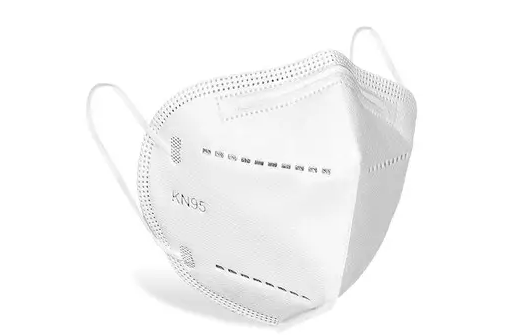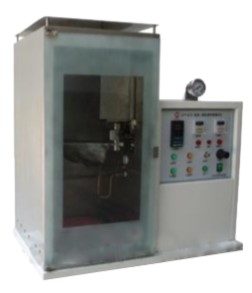
NewsInformation Center
Common mistakes to avoid when testing masks for flame retardancy
2023/11/08
When testing the flame retardancy of masks, there are some common mistakes that need to be avoided to ensure the accuracy and reliability of the test. Here are some common mistakes to avoid when testing the flame retardancy of masks:

1. Failure to comply with test standards:
Flame retardancy testing of masks should be conducted in accordance with applicable standards, such as ASTM F2100 (for medical masks) or other relevant standards. Tests that do not comply with the standard may result in inaccurate results or may not be comparable to other tests.
2. Incorrect sample preparation:
Mask samples need to be prepared correctly prior to testing. This includes ensuring that the samples are fresh, intact, and meet the requirements in the standard. If the sample is damaged, contaminated or incorrectly handled, the test results may be inaccurate.

3. Failure to comply with test conditions:
Flame retardancy testing of masks is usually conducted under specific environmental conditions, such as specific temperatures, humidity, and gas concentrations. Failure to comply with these test conditions may result in biased test results.
4. incorrect test equipment and instrumentation:
Testing with incorrect equipment or instrumentation may lead to inaccurate results. Ensure that you use calibrated equipment and instruments that meet the requirements of the standard and follow instructions for proper operation.
5. Neglect data recording and documentation:
Data logging and documentation of the testing process is very important. Ensure that data such as test conditions, sample information, test results and evaluations are recorded and documented. This ensures the traceability of the testing process and the reliability of the results.
6. Do not repeat tests:
It is important to conduct repeat tests in order to verify the reliability of test results. Avoid situations where you conduct a test only once and rely on a single result. Repeated tests provide more reliable and consistent results.
7. No external validation:
It is important to perform external validation when conducting flame retardancy testing of masks. This can include sending samples to an independent laboratory for testing to verify the accuracy and reliability of the results.
Avoiding these mistakes will ensure the accuracy and reliability of the mask's flame retardancy testing, which is important to ensure that the mask meets safety standards and provides effective protection. If difficulties or uncertainties are encountered during the testing process, it is advisable to seek the assistance of a professional organization or expert to ensure that the testing process goes smoothly and reliable test results are obtained.
Previous: What is the difference between ISO 4624 and ASTM D4541?
N e x t : ASTM B117-19: Standard Practice for Operating Salt Spray Tester




